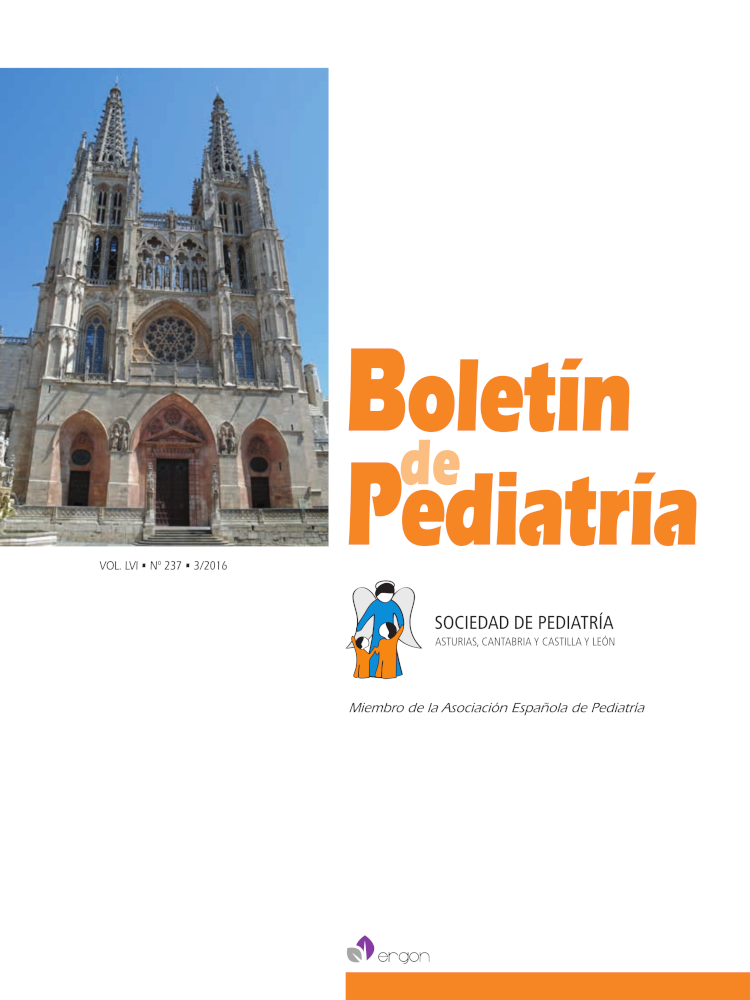Abstract
Introduction. Hemolytic-uremic syndrome (HUS) is defined by the triad of microangiopathic hemolytic anemia thrombocytopenia and acute renal failure. There are two variants: typical and atypical. The typical HUS is usually secondary to gastrointestinal mucosanguinolenta process mainly diarrhea caused by enterotoxigenic E. coli and Shigella dysenteriae less frequently, producing the Shiga toxin. The typical HUS accounts for 90% of cases in children. Atypical variant (10% of cases), not associated diarrhea and may be secondary to infection by Streptococcus pneumoniae invasive and disturbances in complement regulation genetic or external factors (drugs, infections ...). Generally they have worse prognosis and less often difficult to recognize. Clinical cases. Here are two cases of HUS occurring in our PICU, one atypical and other typical in the diagnosis, treatment and evolution was remarkably different.

This work is licensed under a Creative Commons Attribution-NonCommercial 4.0 International License.
Copyright (c) 2016 Boletín de Pediatría
